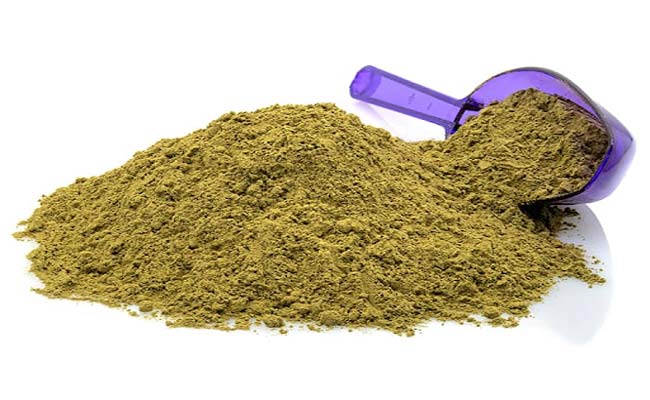Encouraging Sensory Development In Children
Encouraging Sensory Development In Children
Hello friends how are you all? Today we are going to talk about Encouraging Sensory Development In Children. Consider for a moment how often we as adults describe our surroundings and experiences in terms of one or more senses. We take in the world using a combination of sight, smell, touch, hearing, and taste. Our senses add a layer of richness to our experiences — like allowing us to enjoy good food, experience changing seasons, and describe our settings — they also help keep us safe, too.
However, kids are not born knowing how to perceive and contextualize their senses. This is an ongoing learning process that starts from a young age.
Here’s more about the benefits of encouraging this sensory development in children and some ideas for getting started.
Crucial for Children
Above all, senses help kids explore and make sense of the world. If you’ve spent any time around a toddler, then you’ve probably seen firsthand how kids are apt to “push buttons” literally and figuratively when they want to understand something better.
Here are three more reasons from Very Well Family why sensory development is so important for kids:
- Grasping the senses helps build children’s language base, giving them new words to describe various objects and sensations.
- Developing the senses often goes hand-in-hand with touching, holding, pinching, pouring, and grabbing motions, which are all building blocks of fine motor skill control.
- Engaging the senses can help kiddos feel calm and centered.
Sensory development also lays the foundation for the more complex thinking and organizational skills that will keep developing throughout life, particularly a few years down the road for young learners. Gathering information is the first step in problem-solving, after all — so a keen ability to gather information via the senses is an important step toward efficient cognition.
5 Ideas for Encouraging Sensory Play
The different options for helping our little ones explore their senses to the fullest are as unique and varied as the kiddos themselves. Here are just five ideas, one to emphasize each sense, to help you get started.
Touch: Make a Sensory Bin
A sensory bin is simply a bin or box containing an array of sensory experiences within — which makes sensory play focusing on a touch more convenient and less messy. These bins may contain everything from cotton puffs to beans; oats to play dough. A classic setup is a filler substance in which kids can dig and bury toys, plus some containers for scooping and pouring.
Hearing: Take a Listening Walk
One activity suggested by Tinkergarten is the listening walk. How does this differ from a normal walk? Well, you’ll encourage participants along the way to “peel their ears” for sounds like bird calls, traffic, wind in the treetops, and more. Ask the kiddos what sounds they hear, and even ask them to stop and close their eyes when it’s safe to do so.
Smell: Create a Smelling Lab
Create smelling bottles by putting a cotton ball and a few drops of kid-friendly essential oils in each, then have the little scientists sniff them and try to identify them, or simply pick out their favorites if they’re very young.
Sight: Play I, Spy
I, Spy is an age-old game with tons of potential. You can ask kids to spot certain colors or shapes in their surrounding environment, or even to take pictures of their findings if they have access to a camera or phone.
Taste: Conduct a Taste Test
If your child is comfortable with their eyes being covered, blindfold them and explain to them you’re going to offer them different foods — all kinds they like, of course. Then challenge them to identify the food based on the mouthfeel and the taste. Fruit works well for this challenge.
Sensory development through play is fun, but it’s playing a large role in cognitive development — which is why it’s worth it to facilitate it.




